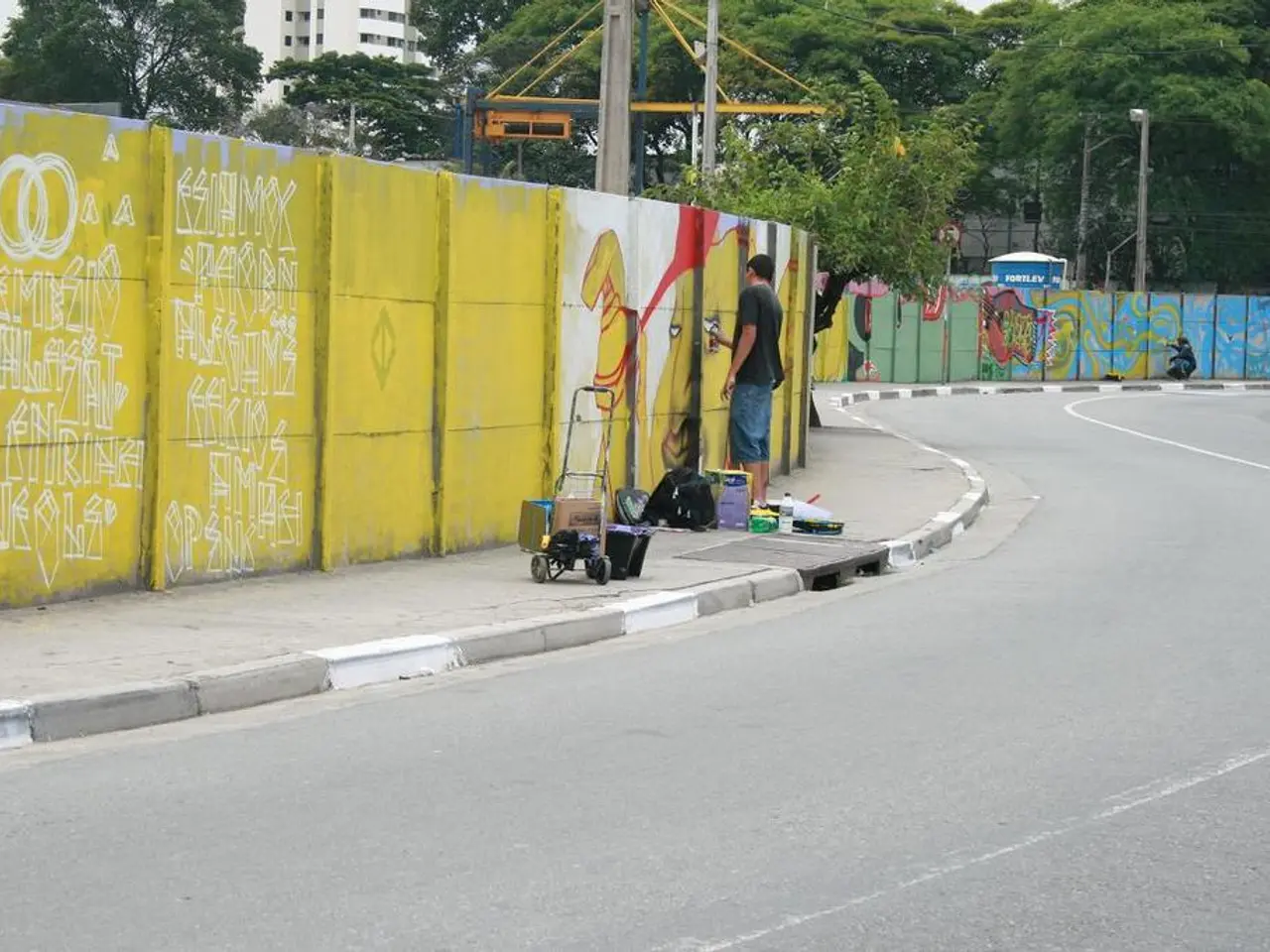Exploring Depth-First Approach in Graphs: Breadth-First Search (BFS)
In the realm of graph algorithms, the Breadth-First Search (BFS) stands out as a fundamental tool, capable of solving a variety of problems with ease. This article will focus on using BFS to traverse disconnected graphs and print all vertices without a single source node.
The time complexity of BFS, when applied to a graph with V vertices and E edges, is O(V + E). This efficiency is achieved thanks to the use of a queue data structure and a Boolean visited array, which help ensure that no node is processed more than once.
The BFS algorithm starts from a given source, explores all reachable vertices from the source, and avoids revisiting nodes by marking them as visited. However, when dealing with disconnected graphs, BFS can be adapted to traverse each connected component independently.
To traverse a disconnected graph and print all vertices without a single source node, perform BFS from every unvisited vertex in the graph. This method guarantees that all vertices in every disconnected component of the graph are visited and printed.
Here's an example of pseudocode for this approach:
```python visited = [False] * number_of_vertices
for vertex in range(number_of_vertices): if not visited[vertex]: BFS(vertex, visited)
def BFS(start, visited): queue = [] queue.append(start) visited[start] = True while queue: current = queue.pop(0) print(current) # or add to output list for neighbor in adjacency_list[current]: if not visited[neighbor]: visited[neighbor] = True queue.append(neighbor) ```
This method works because BFS typically starts from one node; by iterating over all nodes and initiating BFS on unvisited nodes, you traverse all disconnected parts of the graph. This technique applies regardless of graph connectivity and prints all vertices without requiring a single global source node.
It's important to note that BFS is different from Depth-First Search (DFS) in that closest vertices are visited before others. The space complexity of BFS is O(V), and it can be used to identify connected components in a graph, perform topological sorting on a directed acyclic graph (DAG), and more.
In summary, to traverse a disconnected graph using BFS and print all vertices, run BFS for every vertex that has not yet been visited until all vertices have been covered. This versatile algorithm is a must-know for anyone working with graphs.
[1] - Cormen, T. H., Leiserson, C. E., Rivest, R. L., & Stein, C. (2009). Introduction to Algorithms (3rd ed.). The MIT Press.
[5] - Sedgewick, R., & Wayne, K. (2011). Algorithms (4th ed.). Addison-Wesley Professional.
- The Breadth-First Search (BFS) is a fundamental tool in the field of graph algorithms, often used to solve a variety of problems with ease.
- In the context of disconnected graphs, BFS can be adapted to traverse each connected component independently, without a single source node.
- To apply BFS on a disconnected graph and print all vertices, perform BFS from every unvisited vertex in the graph, using a queue data structure and a Boolean visited array.
- This versatile algorithm, when applied to a graph with V vertices and E edges, has a time complexity of O(V + E), making it highly efficient.
- BFS is distinct from Depth-First Search (DFS) in that it visits closest vertices before others, and can be used for various purposes such as identifying connected components in a graph, performing topological sorting on a directed acyclic graph (DAG), and more.
- Understanding BFS is crucial for anyone delving into science, technology, education, and self-development fields that involve data structures, algorithms, graphs, and trie.




